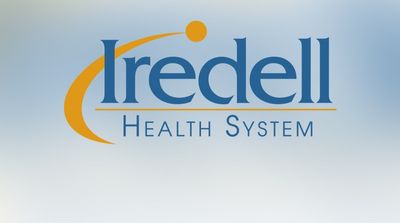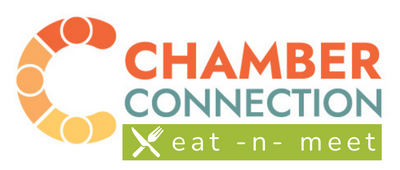Iredell Wound Care Nurse Spreads Burn Awareness, Shares Tips for Treating Minor Burns at Home

Monday, February 6, 2023
Imagine you are cooking dinner and accidentally touch the hot pan. Your immediate reaction will be to pull your hand away from the pan, but would you know what to do next? You may wonder, can I treat this burn at home, or should I seek medical care?
The first full week of February is National Burn Awareness Week. In observance of this week, Tara C. Triplett, RN, WCC, CHFN, and clinical coordinator of Iredell Wound Care & Hyperbaric Center, explains the different categories of burns and how to treat them quickly and efficiently.
“Burns are among the most devastating of all injuries and can cause physical, mental, and emotional consequences. Burn awareness can help to decrease the occurrence of preventable burns and provide education that may prevent serious injury,” said Triplett.
Categories of Burns
There are three different categories of burns: first-degree, second-degree, and third-degree.
First-degree burns, also called superficial burns, affect the outer layer of the skin. These types of burns may cause redness, pain, and swelling and can typically be treated at home with simple first-aid care. First-degree burns do not blister and will normally heal within a week.
Second-degree burns, also called partial thickness burns, are broken into two categories, superficial partial-thickness and deep partial-thickness, based on the extent of the skin damage. Second-degree burns blister and are more painful due to an increased depth of the burn.
“These burns typically form blisters and may weep fluid. It is important that blisters are not ‘popped.’ Blisters may rupture on their own or reabsorb and flatten out. Blisters should only be opened by a medical professional using sterile instruments,” said Triplett.
Second-degree burns can be serious and may require medical attention, especially if the blister becomes infected. According to the National Library of Medicine, you should see a healthcare provider if your second-degree burn is more than 2-3 inches wide or is located on your hands, feet, face, groin, buttocks, or over a major joint.
Third-degree burns have the most extensive damage and affect the deep layers of your skin. They can damage muscles, bones, hair follicles, sweat glands, and nerve endings. Third-degree burns are dry and leathery and may appear white or black. This type of burn is very serious, and you should always seek immediate medical attention if you sustain a third-degree burn.
“Burns caused by gas, electricity, or a chemical should receive emergency care. Burns that cover a large part of your body, such as your arm, leg, back, or torso, should also receive emergency care,” said Triplett.
Treating First-degree Burns
First-degree burns are very common and can usually be treated at home. However, it’s important to know what to do and what not to do.
To treat a first-degree burn, Triplett recommends the following:
- Remove clothing from the burned area. “If the burn is caused by splattered grease, it is important to immediately remove any clothing covered in the grease. This will remove the burning agent and decrease the level of tissue damaged,” said Triplett.
- Cool the burn. You should immediately begin cooling the burn with a cool, moist compress. You can run cool, not cold, water over the burn for about 10 minutes or until the pain subsides. Do not use ice as this can injure your skin even more. A common myth, you should NOT use butter, margarine, oil, or toothpaste to soothe a burn.
- Cover the burn. Apply a thin layer of petroleum jelly and cover the burn loosely with a clean, nonstick bandage.
- Consider over-the-counter pain relievers. Acetaminophen or ibuprofen can help with pain and swelling.
- Protect the burn. “To continue care of a first-degree burn, gently wash the burn daily with a mild soap and water. Pat the area dry and reapply a thin layer of petroleum jelly and a clean nonstick bandage,” said Triplett.
If you have any questions about whether you should treat your burn at home, make sure to call your primary care provider.
“You can call the Iredell Wound Care & Hyperbaric Center if you have a burn that has not healed within 2-3 weeks, has become more painful, begins draining, or develops an odor. These are signs of infection, which is a complication of burn wounds,” said Triplett.
“Iredell Wound Care can help with evaluation for infection, setting up an individualized treatment plan, and home-care education.”
If you have a wound that will not heal and would like to schedule an appointment at the Iredell Wound Care & Hyperbaric Center, please call 704-768-0542. You can learn more at iredellwoundcare.com.































